Before I really knew the term “homesteading,” and before I knew that I’d be working on 12 beautiful acres in the Ozarks, I knew one thing: I wanted goats. And when I finally did move to those Ozark hills, it wasn’t long before two beautiful little Nigerian Dwarf goats were housed in our barn.
Deciding to bring bigger livestock onto your homestead — even if they are dwarf size, is a huge game changer to the rural life. For the beginning goatherd, Nigerian Dwarf goats are a fantastic starter breed to cut your teeth on what it takes to manage a herd.
And though they are pint-sized caprines, they offer so much to the homestead in the form of companionship, milk, meat, manure, and even an opportunity for a bit of a side income.
If the goat-bug has bitten you like it bit me, but you’re not sure where to start, Nigerian Dwarf goats may be the breed for you! Read on to see what it takes to care for and enjoy these sprightly and personable little creatures.
What Are Nigerian Dwarf Goats?
As you may deduce from the name, the ancestors of Nigerian Dwarf goats originally came from West Africa. They were brought to the United States on ships that were transporting big carnivores to zoos — as live food for the captured animals!
Thankfully, some of the poor goats made it to the U.S. whole and ended up being a side exhibit of their own at the various zoos. When some individuals started exhibiting desirable milking characteristics, several goat breeders seized the opportunity to create a new breed, and the Nigerian Dwarf was developed.
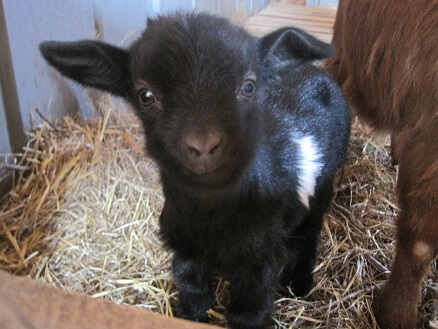
They may be similar in stature and origins to the African Pygmy goat, but their proportions are entirely different. Pygmies look kind of like adorably fat barrels with short legs, whereas Nigerian Dwarf goats are built more like a typical milk breed. Kind of like a Swiss Alpine goat in miniature with graceful proportions, upright ears, and a soft coat.
Does usually stand about 22 inches at the withers, and bucks, a little over 23 inches. A good weight for a typical goat is around 75 pounds, meaning they’ll still be manageable at full size. For a new goat keeper, this may be far less intimidating than something like a 230-pound Boer doe!
Nigerian Dwarf Goats on the Homestead
We chose Nigerian Dwarf goats for our homestead for several reasons. As beginners to goats — and homesteading in general — we thought the compact size of the breed would be easier for us newbies to handle.
We visited a Nigerian Dwarf farm before the move to give us a sense of the animal and were delighted with their amiable personalities, manageable size, and the promise of butterfat-rich milk to help us along our way to self-sustainability. Check out all the pros of keeping Nigerian Dwarf goats, and just see if you can resist adding them to your own homestead life!
Companionship
Nigerian Dwarf goats are personable and friendly, and the sight of them kicking up their heels in a lush pasture is the stuff of rural daydreams. They’re such easy keepers, temperament-wise, that they are often recommended for 4-H projects or FFA clubs. You can expect more than a decade of companionship since a healthy, well-cared-for goat should live around 12 to 14 years.
Milk
One of the big appeals of this breed is the high butterfat content of their milk. In contrast to the 2% to 6% content of other breeds, these generous little does produce insanely creamy milk with a 6% to 10% butterfat content.
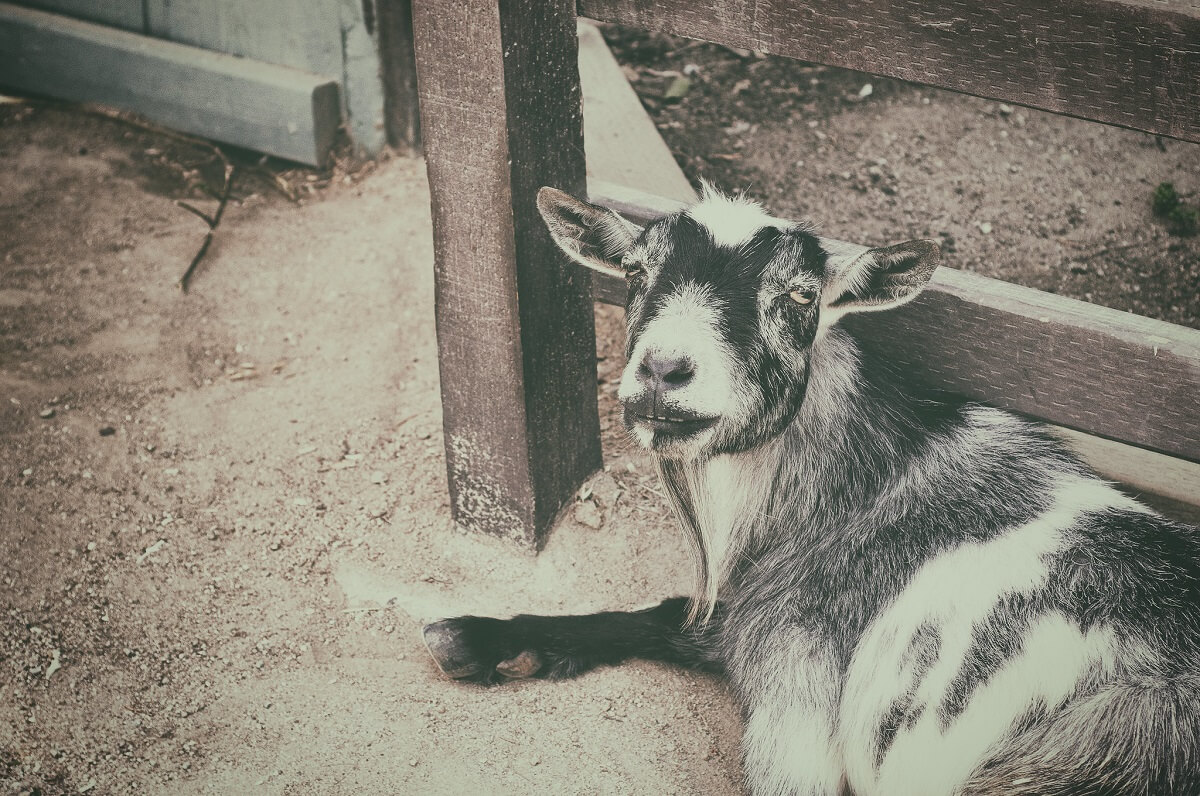
Though they may be small in stature, a doe can produce more than a quart of milk a day! Of course, it depends on how much milk you allow her kids to take and how often you milk, but they may be a manageable option for a family that doesn’t want to be overwhelmed by multiple gallons of milk a day.
Related Post: How to Make Goat Cheese
Finally, these fertile little creatures can be bred year-round which means you can stagger your goat’s kidding schedules to ensure you have a reliable supply of sweet milk all year long.
Meat
Butchering your goats for meat may not be your primary objective in owning Nigerian Dwarf goats, but if you find that after a few kidding seasons, you have too many males or unproductive females, supplying a safe source of your own meat is another benefit these animals offer the homestead. You could get no more local, grass-fed, or sustainably-raised meat than your own animals!
Manure
Goat manure is a fabulous addition to garden beds. Check out this link for more information on how to use those easily-spreadable pellets. Don’t let it go to waste, and your future harvests will reward you richly.
Supplemental Income
These gentle animals also make fantastic pets. You may be able to rustle up a little side income for the homestead by selling some wethers or some of your extra kids.
Related Post: How to Rent Out Your Goats
Since Nigerian Dwarf goats are prolific — often having three or even five kids at a time — this may be a viable option indeed!
How to Get Started With Nigerian Dwarf Goats
Getting your first Nigerian Dwarf goats should never be an impulse buy. Careful preparation and thoughtful infrastructure will ensure that both you and your new goats will have a smooth transition and a happy, healthy life together.
First off, you should always plan on having more than one goat. As social, herd animals, goats languish when alone … and will be extremely vocal about their lonely displeasure. Two does are a good start.
Goat Housing
Whether your goats are given the four-hooved version of the Taj Mahal or more rustic housing, there are certain things that should always be in place.
First off, all goats need a place to get out of the weather. Unlike sheep, goats don’t like being in the wind and the rain and can suffer if left in the elements unprotected. If you have a barn on your property, it makes a good deal of sense to build a paddock right next to it and allow the goats to go in and out as necessary.
In the winter, adult Nigerian Dwarf goats grow a thick, fuzzy coat that can protect them sufficiently from the cold as long as they’re not buffeted by strong winds. Does and their newborns, however, may require a little extra attention if you decide to breed your goats in the coldest winter months.
Related Post: Raising Goats
Some keepers choose to heat their barns with lamps even though there could be a fire risk, while others provide warm water throughout the day to warm their herd. Another option could be to time the breeding of your does so that they only kid during the warmer months which allows them to avoid kidding through the worst of the winter.
Taking Care of Kids
Whenever your does do kid, by the way, it’s important to protect the babies during their tender infancy. For the first few days or week, keep Mama and baby in clean, dry straw in the barn while they bond, and the newborn gets its super crucial colostrum.
Then allow them to go outside at will, as long as the weather is dry and warm. Some goat keepers recommend allowing kids to go outside only if the weather is above 50 degrees Fahrenheit while others trust the does’ good instinct of when to lead her babies outside.
Fencing
Another element that must be considered is fencing. Goats (even goats as small as these) need plenty of room to roam, graze, and play, and all goats, no matter what the breed, are escape artists to some degree. There are many options for fencing, all with their pros and cons.
- Welded wire is cheap, but goats rubbing off their winter fur for the spring — or bucks with the scent of does in their nose — may push the wires apart and escape.
- Woven wire is expensive but seems to work really well in many instances with goats. Though it’s even more expensive, get the smallest squares you can — perhaps 4-by-4 inches or smaller. Nigerian Dwarf goats are smaller than regular goats and will require a little bit “denser” fencing to ensure their safety. In addition, kids can easily squeeze through bigger squares and goats with horns are notorious for getting their heads stuck; a fatal mistake if you don’t find them in time.
- Electric wire is also an option, but you may find that some goats respect the wire … and others don’t.
- The best option may end up being a combination, whether you put up a wooden fence fortified with woven wire, or augment an existing fence with a line of electric.
Predator Protection
A third consideration must be predator protection. We know the pain of losing a goat to a feral dog a little too well on our homestead and have since gotten a guardian animal to ensure that we suffer no such losses again. Goats may have horns, but they’re no match against a stray dog, coyote, or bobcat.
A dedicated guardian such as a specifically-bred livestock guardian dog, donkey, or llama, will not only give your goats some companionship but can ensure that any hungry predator will be sent running with an empty stomach.
Caring for Nigerian Dwarf Goats
Caring for Nigerian Dwarf goats can easily become a part of your daily routine, but it will take a little getting used to at the outset. As with keeping any livestock, they require time every day! Gone are the days of impulse road trips or weeklong vacations, unless you have someone you trust who can care for your animals while you’re gone.
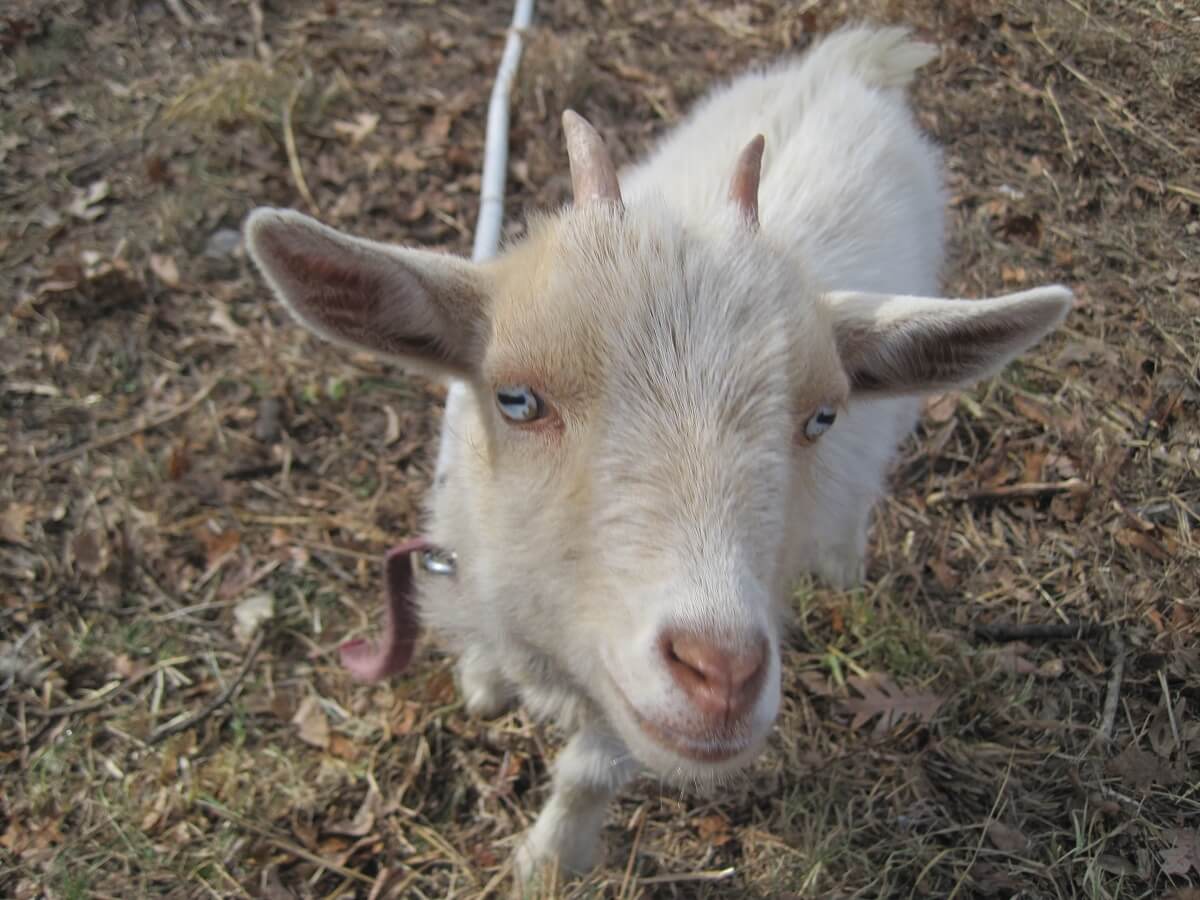
On our homestead, we don’t see this as a detriment. We wanted this life. If you are new to raising animals, however, you may need to give yourself time to adjust to being needed multiple times every day.
Of course, goats need to be fed and watered daily. Health in animals starts with good food and clean water. I wrote an in-depth article on the many options there are when it comes to feeding goats —check it out here!
Related Post: My Goat Is Pregnant, Now What?
You should also give your goats a good looking over at least once a day: check their coat for parasites, look at their hooves to see if they need to be trimmed, and give them some pets (because they like them and they’re adorable). This not only alerts you to anything out of the ordinary, it also gets the goats used to you handling them which is something that will be necessary when it comes to milking the does. Milking is also a daily task — often twice a day!

Don’t be intimidated by the apparent workload, however. If you are determined to keep goats and are willing to learn from experience and from seasoned homesteaders around you, the rewards of sharing life with these animals far outweighs any initial growing pains.
The joy of their greeting bleats when you open the barn in the morning, the hilarity of watching newborn kids jump off stumps and rocks with nary a care, and the satisfaction of getting your own milk from your own animals, are some of the richest rewards in return for your efforts.
Do any of you have your own Nigerian Dwarf goats? What are your top tips for raising these fantastic animals? Let me know in the comments below!


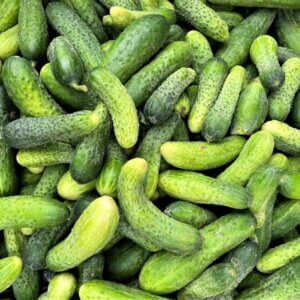
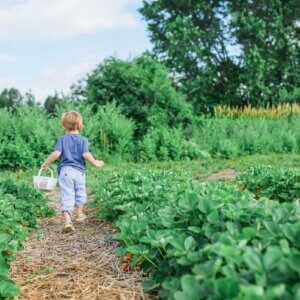

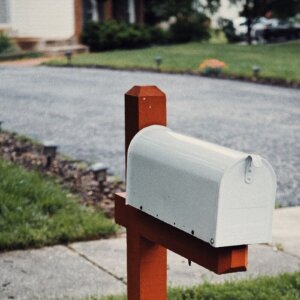

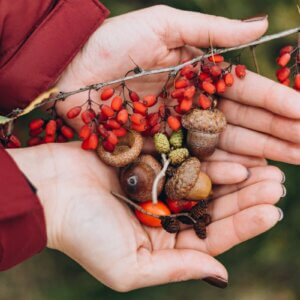
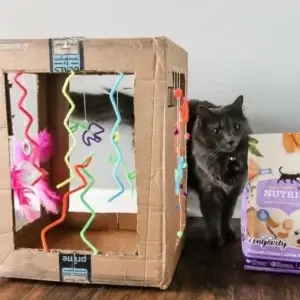

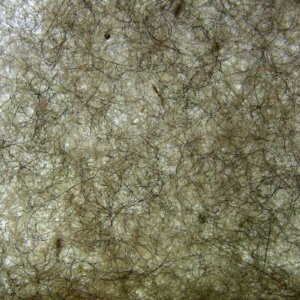
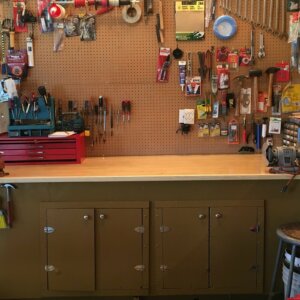
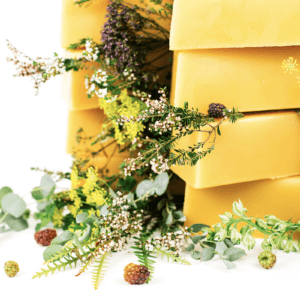
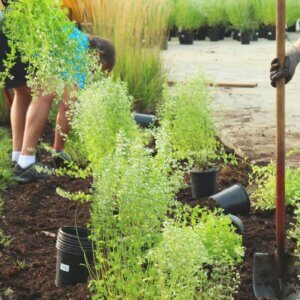

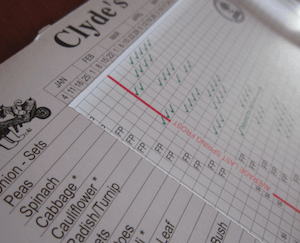
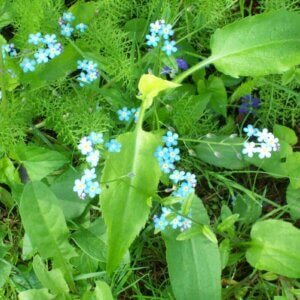





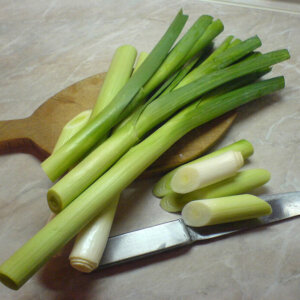
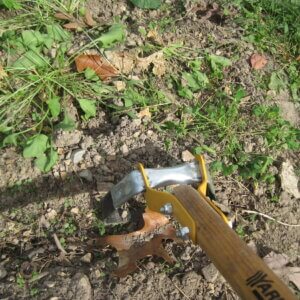

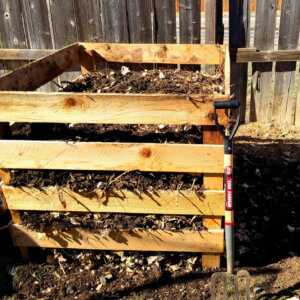
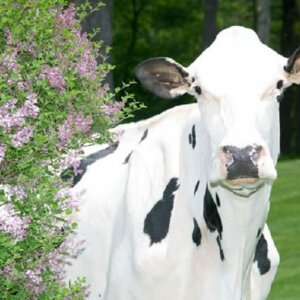
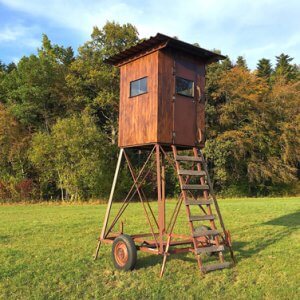
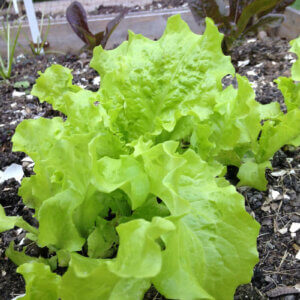
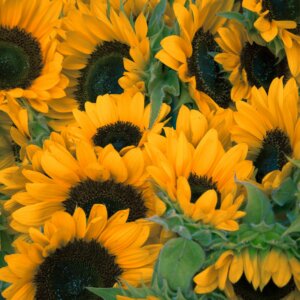



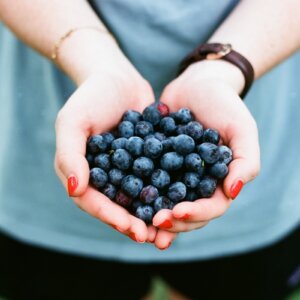
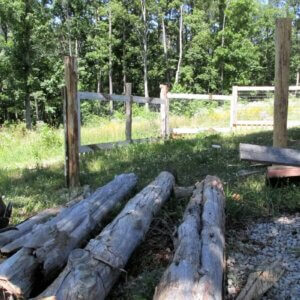
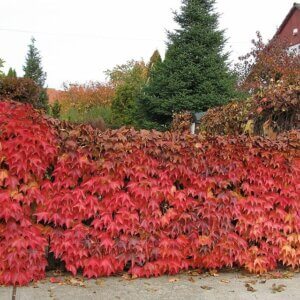
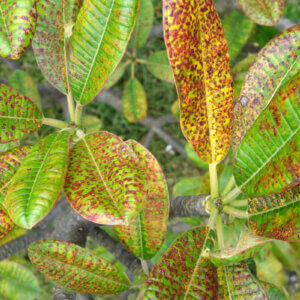

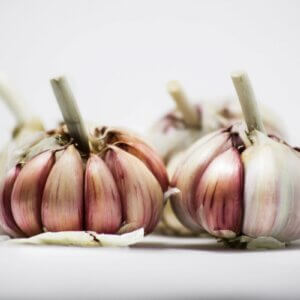


We also live in the Ozarks. We are both retired. Just bought our first two does. I have been busy building barns and fences last several months. Two more spellings are coming in a October when weened. Looking for a buck now. Lots to learn, but the adventure has begun.
Just preparing to bring our first 2 home. Im interested to know what guardian animals you all have.
Photo/Attachment:
I am writing this as we are traveling back to Wisconsin after a wonderful trip to the Ozark mountains to ride motorcycle. What a beautiful place for you to call home! I have 3 darling Dwarf Nigerians. They are all wethers and are my sweet pets. The grandkids love them. I had local Amish build a wonderful little barn for them. We fenced in 50’ x 100’ area of the woods behind our rural home. The goats have eaten all of the weeds and underbrush. I am now wondering what I could see that pasture with. I’m not sure what would grow good in the shade and what they would enjoy eating. Any help you can give me would be so much appreciated.